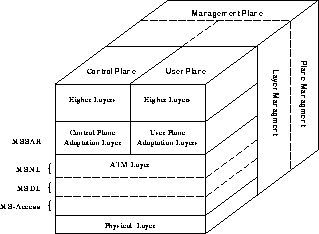
Figure 1: BISDN protocol reference model
It is important to distinguish between the different functions required for data transfer, network control and network management. The reference model for the BISDN protocol stack, pictured in Figure 1, identifies three protocol planes, the user, control and management planes. It is possible and indeed desirable to identify similar layer and plane boundaries in the MSNA protocol stack, and for the sake of simplicity we will adopt the BISDN plane and layer terminology in the discussion which follows. The layers in the MSNA protocol corresponding to the BISDN stack are are indicated to the left of the diagram.

Figure 1: BISDN protocol reference model
The user plane contains the functions required to transfer data between two network entities. This involves terminating the MS-Access, MSDL, MSNL and MSSAR layers at every communication endpoint. The control plane is responsible for the following functions:
Management plane functions include fault detection and reporting, configuration and topology management, financial management (charging & maintenance), performance monitoring and reporting, access and security management and design management [1]. Thus the management plane is not concerned with the establishment of communication per se. It provides access to information on the network state and permits the management of each layer of the protocol stack.